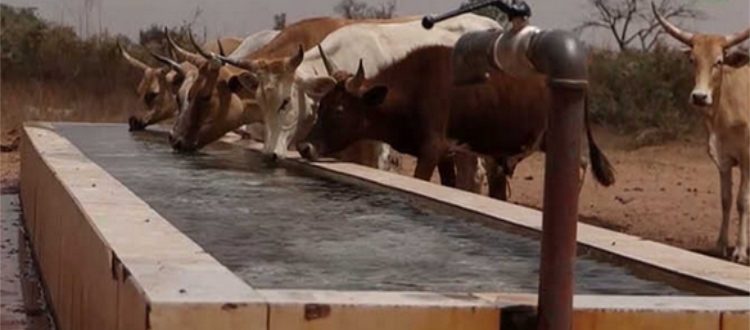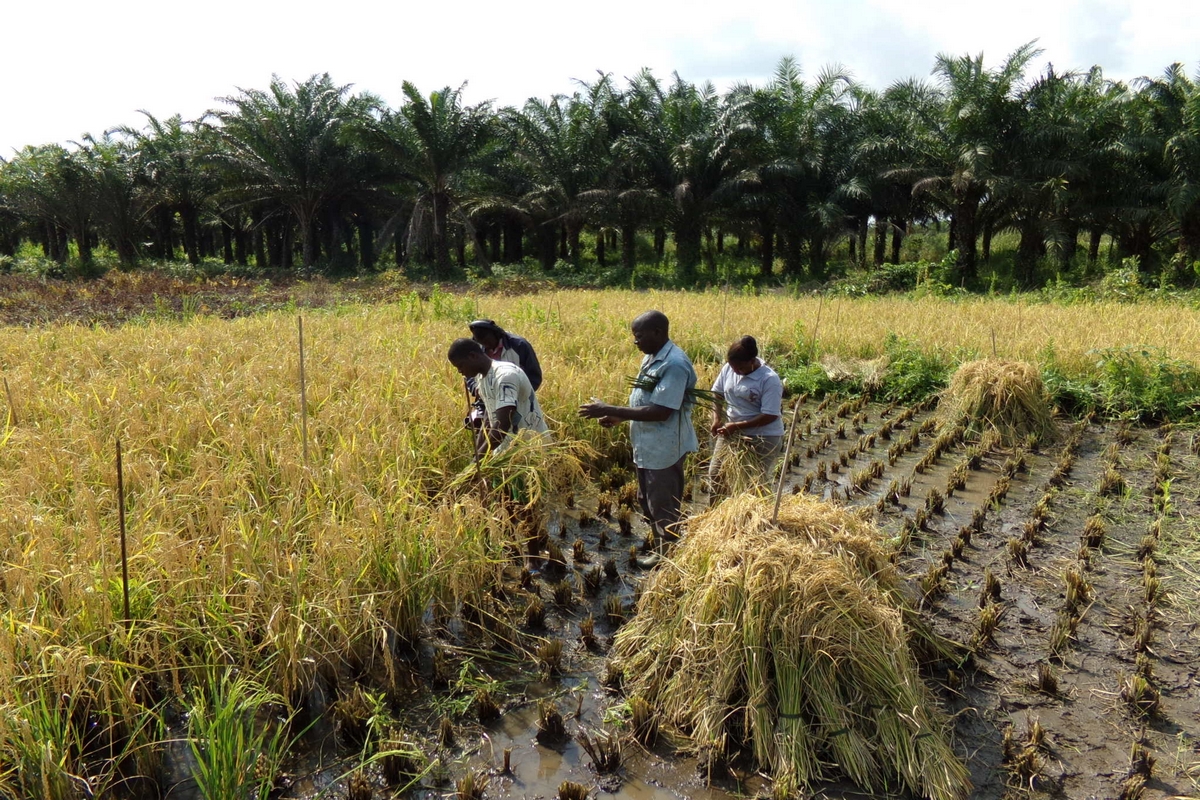
From an eco-geographical point of view, the typical Sahelian zone (Sahel as desert margin) corresponds to the climatic domain where average annual rainfall ranges from 300 to 750 mm. Climatic conditions have always been marked not only by low rainfall, concentrated over a short period of the year, but also by spatial, annual and inter-annual variability in rainfall distribution. Since the early 1970s, these factors have been compounded by chronic and far-reaching changes in climate, and hence in rainfall patterns, resulting in a series of droughts punctuated by episodes of famine and shortages of drinking water.
In such a Sahel context, the region’s ambitions for poverty reduction and development, i.e. strong, sustained economic growth over the long term, are relegated to second place by concerns for survival. Despite the efforts made by the CILSS, with the invaluable support of its member states and traditional technical and financial partners, levels of investment in water (control and management) remain below expectations, considering the heavy dependence of our economies on water resources.
Responses to the Sahel’s development challenge to date have met with moderate success. The Sahel’s vulnerability to climate change and variability persists. The desert continues to advance. Food insecurity persists. A significant proportion of the population, especially the poor in rural and peri-urban areas, still has no sustainable access to drinking water and sanitation.


